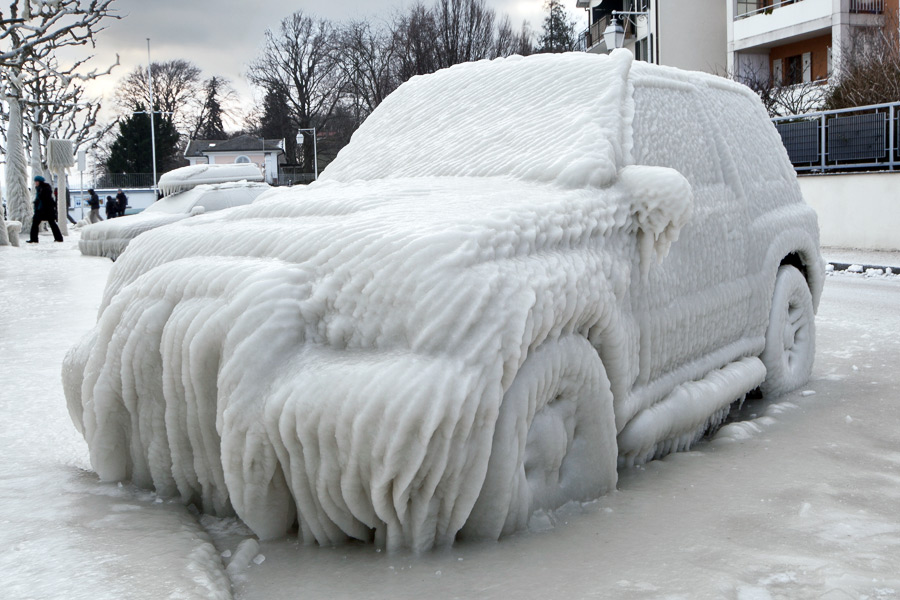Classic Cars: Preparing Your Car For Winter

I don’t like cold weather. Neither do automobiles. Whenever it gets really cold, I can’t help but think how far cars have progressed when it comes to starting up when it’s freezing. What a pain in the neck it used to be just to get a car’s motor to kick in on a cold winter morning.
First of all, in the old days, all cars had simple, rather dumb carburetors, no modern–day fuel injection then. Today, with fuel injection, a bank of computers, usually hidden somewhere in the car, assesses the outside temperature, air pressure and density and magically conjures up just the right amount of fuel and air mixture to get the car started. All we dummies have to do is turn a key, or press a button and the car starts immediately.
Ah ha, but in the old days we had to be rocket scientists to get anything running when the thermostat dropped below 32°. The colder it got, the more trouble you were in. Different carburetors had different, shall we say, styles of starting. With some you had to kick down the accelerator twice to set before starting. Others had a plunger on the dashboard called a choke that you had to pull out. You guessed on how far to pull it out. If you were lucky, and the gods of gasoline were smiling, the car started.
I know this all sounds crazy, but it was true. My old 12–cylinder Ferrari had six, count them, six chokeless carburetors that had to be forced to run when frozen by kicking down the throttle about six times to prime the engine. When you turned the key and the engine fired, all six carbs would start spitting and hissing from under the hood like pissed-off pythons. The same can be said of early air-cooled Porsches with only two carburetors. Big American motors usually would not spit, but actually sound like they were coughing from under the hood when started from cold. Oh, and accompanying all this calliope of sounds, as Jerry Lee Lewis would say, there would be “a whole lotta shankin’ goin’ on” under the hood.
But wait, sometimes, with all this foot–and– hand jive, old Betsy wouldn’t start because you FLOODED the engine. This was a pretty common problem in the old days. Flooding an engine meant that when trying to start the car you somehow let too much gasoline into the carburetor and the spark plugs became too wet to fire. The common procedure to un-flood the engine was to hold the gas pedal to the floor while you turned on the ignition and turned the engine over. Crazy stuff just to start a car in the cold, but Albert Einstein and every car–owning doofus in America knew these procedures. So consider yourself lucky today, all you have to do is press a button.
I understand some new expensive automobiles have more computer capabilities than many military supercomputers had just a decade ago. Don’t let this all go to your head. When driving a car, the best computer in the world is on your own shoulders. When it’s cold out, think about icy conditions. ABS computerized brakes will not stop you any faster than a ’55 Chevy on black ice. Get new wiper blades for the winter, and keep your windshield water topped up. It’s always good to see clearly when the weather is nasty. Slow down in the winter and let’s all try to be at least smarter than the car that sits in our garage.
How are you preparing your car for winter? Share your tips in the comments below.









